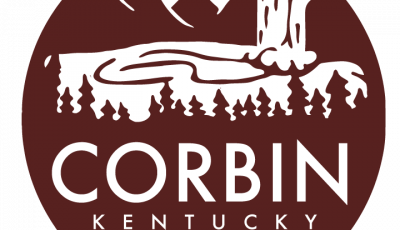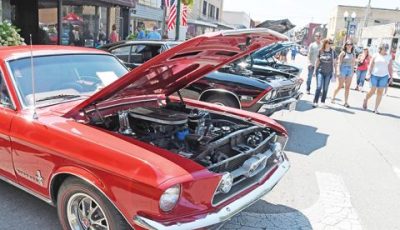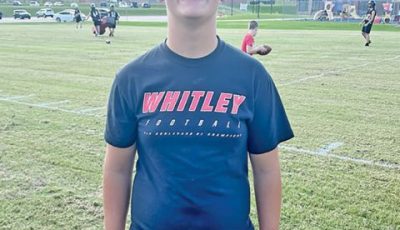Corbin Tourism agrees to pay train movers extra $10,000
 After nearly two weeks of waiting, the Corbin Tourism Commission is moving forward with a request from Wasatch Railroad Group to pay the company an additional $10,000 for moving L&N 232, along with its coal tender and a caboose from Bainbridge, Ga. to Corbin.
After nearly two weeks of waiting, the Corbin Tourism Commission is moving forward with a request from Wasatch Railroad Group to pay the company an additional $10,000 for moving L&N 232, along with its coal tender and a caboose from Bainbridge, Ga. to Corbin.
The initial vote at the regular meeting on Feb. 9 ended in a 3-3 deadlock. At a special called meeting Monday night, the seventh commissioner, Sudhir Patel, was in attendance and cast the deciding vote in favor.
Patel said he voted in favor to help keep a good and healthy relationship with Wasatch Railroad Group.
The company made the only bid to move the pieces that were gifted to the City of Corbin by the City of Bainbridge.
Tourism Director Maggy Kriebel noted during the previous meeting that Wasatch’s bid of $170,000 was considerably lower than the estimate $300,000 to $400,000 the job was estimated to cost.
When the Wasatch crew arrived in Bainbridge to load the pieces, they discovered the locomotive weighed approximately 30,000 pounds more than what they had been told.
“It wasn’t something we supplied,” Kriebel said at the Feb. 9 meeting when commissioners asked how the estimated weight was so far off from the actual weight.
As a result, the move of the locomotive was delayed until new haul permits could be secured.
As a result, Wasatch Railroad Group incurred $22,000 in additional costs. Company officials contacted Kriebel asking that the tourism commission pay an additional $10,000, while Wasatch would absorb the remaining $12,000.
Patel said he also took into consideration the way Wasatch officials overcame the problems and did what was necessary to get the pieces to Corbin.
“I looked at it and it was the right thing to do,” Patel said of reimbursing Wasatch.
Commissioner Victor Patel was one of the “yea” votes, noting that in business issues like this arise and the commission should take into account that Wasatch officials are willing to work with the tourism commission to find an amicable solution.
“If they had come to us for the full $22,000, I would say, ‘no,” but they have come to us in a very professional manner,” Victor Patel said at the Feb. 9 meeting.
Commissioner Teresa Carpenter disagreed, noting the $170,000 Wasatch agreed to in the contract was a quote, not an estimate.
“If it would have been an estimate, it would have been a different story,” Carpenter said.
Commission Chair Alan Onkst said Wasatch could have asked to build into the contract an option to reimburse Wasatch Railroad Group in the eveny something unforeseen like this had occurred.
“This sets a precedent,” Onkst said.
Kriebel said even while this was hanging up in the air, Wasatch officials were in Corbin discussing the future of the rolling stock and what needs to be done to restore them.
“The caboose is our number-one priority,” Kriebel said, noting the graffiti covering the piece, along with the orange paint makes it unappealing.
Kriebel said while planning for the restoration continues, a temporary fix for the caboose may be in the works.
Volunteers have already stepped forward and Kriebel would like to see the graffiti covered by painting the caboose the familiar L&N red until it can be properly restored.
Kriebel noted as part of the restoration, the pieces would have to be blasted with sand or dry ice to prepare them for painting.
“Records we have found indicate that while the caboose was originally gray, after one or two years in operation, it was painted red,” Kriebel said.
Kriebel said Wasatch crews would be returning to Corbin in the near future to do some of the cosmetic work on the locomotive such as straightening the smoke stack.
In addition, fundraising through the “Friends of the Corbin Railroad Museum,” non-profit organization will be moving forward to help fund the restoration efforts.








